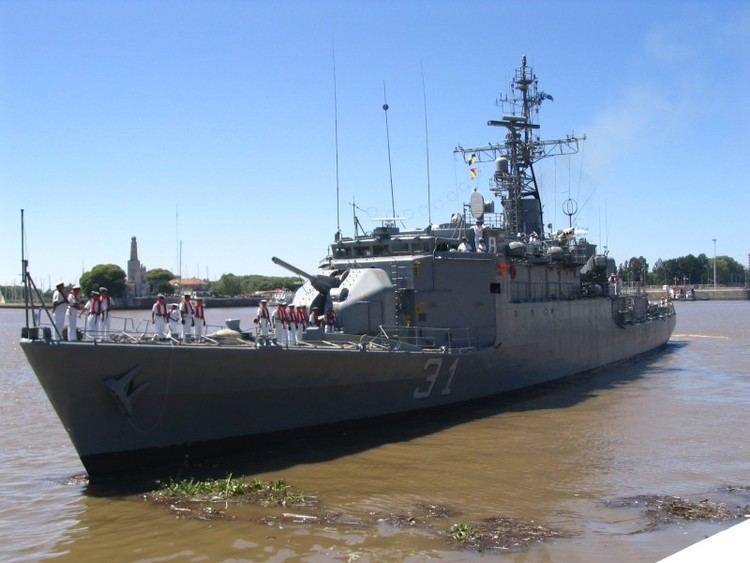Date 4 November 1977 Code S/RES/409 (Document) Result Adopted | Meeting no. 2,046 | |
 | ||
Voting summary 15 voted forNone voted againstNone abstained | ||
United Nations Security Council Resolution 418, adopted unanimously on 4 November 1977, imposed a mandatory arms embargo against South Africa. This resolution differed from the earlier Resolution 282, which was only voluntary. The embargo was subsequently tightened and extended by Resolution 591.
Contents
Impact
The ban had a direct impact in some of the following ways:
The embargo was lifted by Resolution 919 following democratic elections in 1994.
Circumvention of the embargo
The apartheid government worked around the embargo in a number of ways to source military technology and components that it was unable to procure openly. This resulted in United Nations Security Council Resolution 591 being passed in 1986, which tightened up some of the loopholes and extended the embargo.
Local production
Many armaments were wholly designed and manufactured in South Africa, as reflected by the growth and export business of Armscor.
Smuggling
Notable operations that came to light were:
Dual purpose equipment
Computer and air traffic control radar systems ostensibly destined for civilian use were diverted to the military.
Use of foreign specialists
The South African government was able to hire the services of foreign technicians, for example Israeli specialists who had worked on the Lavi fighter aircraft were recruited by Atlas Aircraft Corporation to work on the Atlas Cheetah and Atlas CAVA.
Licensed production
In somes cases, foreign armaments were simply produced under license in South Africa, as in the case of the Warrior class strike craft, the R4 assault rifle and Atlantis Diesel Engines.
Co-operation with other states
South Africa exchanged military technology with other states in a similar position to itself, notably through the Israel–South Africa Agreement.
